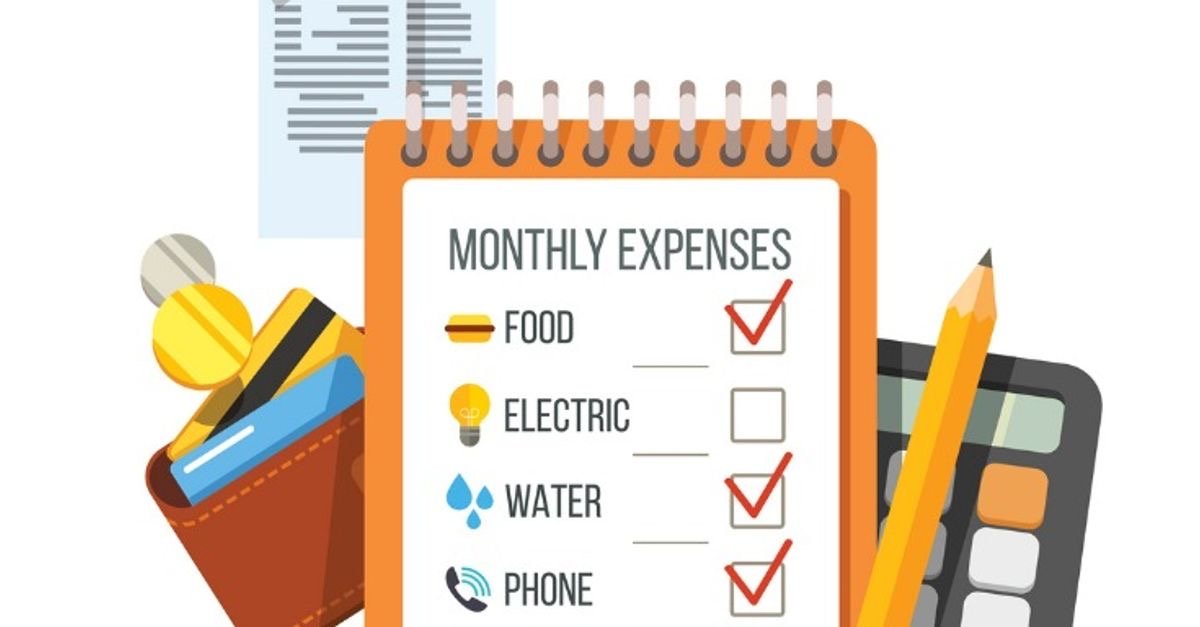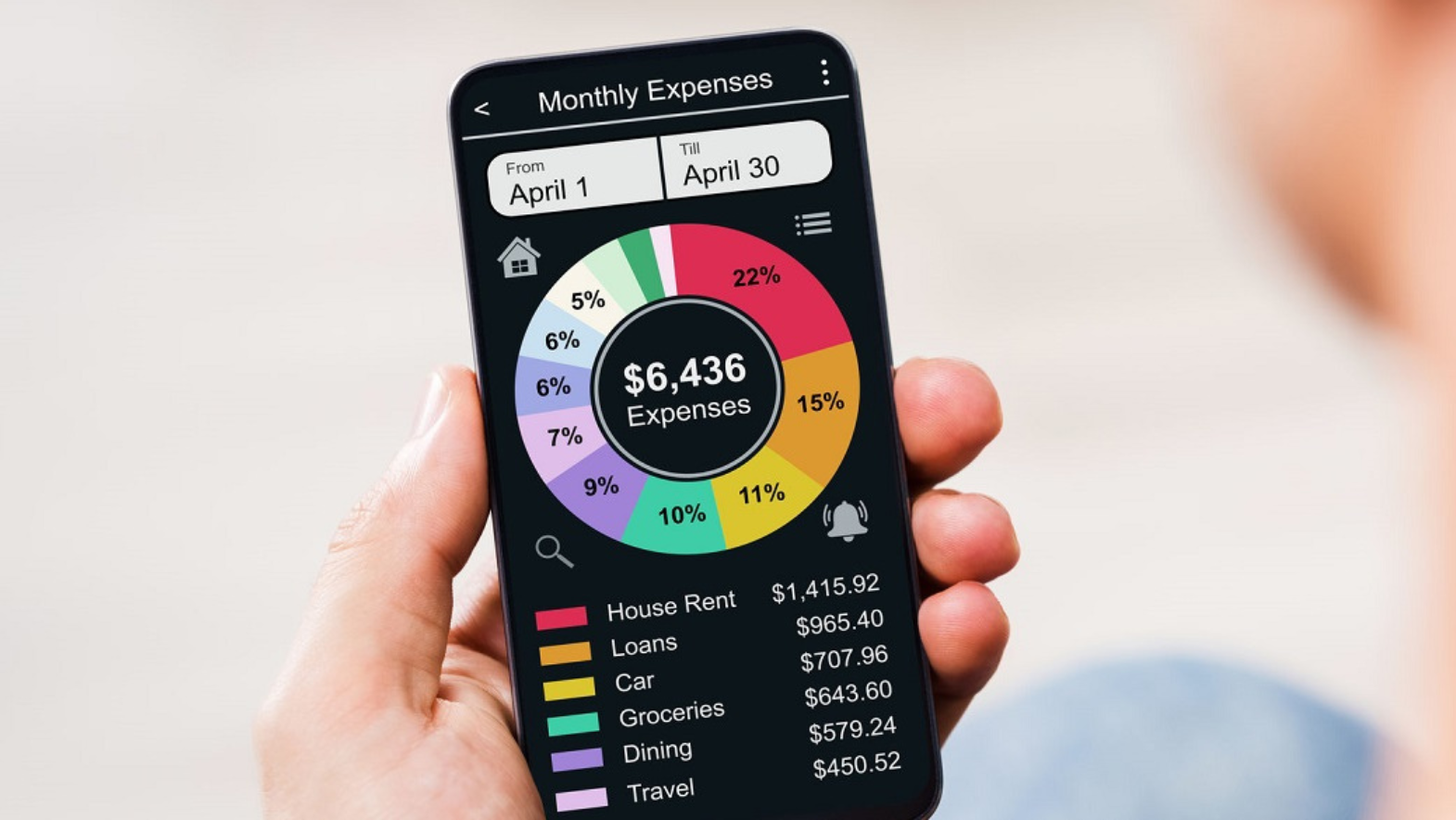Let’s be honest: most people know they should budget, but few actually stick with one. Between bills, subscriptions, daily expenses, and the occasional splurge, it's easy to feel like your paycheck disappears without a trace. That’s where the 50/30/20 budget rule comes in.
Instead of tracking every penny or using overly complicated apps, this method gives you a clear, flexible structure for managing your money. It helps answer a common question: How much should I be spending — and on what?
What Is the 50/30/20 Budget Rule?
The 50/30/20 rule divides your after-tax income into three categories:
-
50% Needs
-
30% Wants
-
20% Savings and Debt Repayment
This rule was popularized by Senator Elizabeth Warren in her book All Your Worth, and it’s widely used because it balances structure with flexibility. It’s not about being perfect — it’s about creating a system you can actually stick to.
Step-by-Step: How It Works
Let’s say you take home $3,000/month after taxes. Here’s how that would break down:
✅ 50% for Needs ($1,500)
These are your must-haves — the expenses that keep you fed, sheltered, and mobile.
Examples:
-
Rent or mortgage
-
Utilities (electricity, water, gas)
-
Groceries
-
Health insurance
-
Minimum debt payments
-
Transportation (gas, public transit, car payments)
Tip: If your “needs” are eating up more than 50%, that’s a red flag. Consider finding ways to reduce fixed costs like housing or switching insurance providers.
🛍 30% for Wants ($900)
This category includes non-essentials — the things you enjoy but could technically live without.
Examples:
-
Dining out
-
Streaming services
-
Shopping
-
Travel and vacations
-
Gym memberships
-
Hobbies and entertainment
Important: Wants aren’t bad! This portion helps you live a life you enjoy. The key is setting limits.
💰 20% for Savings & Debt Repayment ($600)
This is your financial foundation — the money you put toward future goals and paying down debt.
Examples:
-
Emergency fund contributions
-
Retirement savings (IRA, 401k)
-
Extra payments on credit cards or student loans
-
Investment accounts
Pro Tip: If you’re starting from scratch, build at least $1,000 in emergency savings before tackling other goals.
Benefits of the 50/30/20 Rule
-
Simple and intuitive – No fancy software or accounting degree needed.
-
Flexible – Adjust the percentages if needed (e.g., 60/20/20 if rent is high).
-
Balanced – Encourages saving and spending on things you enjoy.
-
Helpful for beginners – A great starting point if you’re new to budgeting.
Is It Right for You?
The 50/30/20 rule works best if:
-
You earn a steady income
-
You want a low-maintenance budget
-
You need guidance on how to prioritize your spending
It might not be ideal if:
-
Your income is irregular (freelancers may need different budgeting techniques)
-
You live in a high-cost city where housing alone takes 50%+
-
You have urgent debt or savings needs and want to be more aggressive
How to Start Using It Today
-
Calculate your monthly after-tax income
Use your pay stubs or bank deposits to determine your true take-home pay. -
Break it into the 50/30/20 categories
Multiply your income by 0.50, 0.30, and 0.20 to see your targets. -
Review your current spending
Use bank statements or a budgeting app to see how your current habits align. -
Adjust accordingly
Are you overspending on wants? Not saving enough? Start tweaking. -
Set up automation
Automatically transfer 20% to a savings account or debt payment on payday.
Example Budget Breakdown (Take-Home Pay: $3,500/month)
-
Needs (50%) → $1,750
-
Rent: $1,200
-
Utilities: $150
-
Groceries: $300
-
Insurance: $100
-
-
Wants (30%) → $1,050
-
Dining out: $250
-
Subscriptions: $50
-
Travel fund: $200
-
Shopping: $300
-
Entertainment: $250
-
-
Savings/Debt (20%) → $700
-
Emergency fund: $200
-
Roth IRA: $200
-
Extra student loan payments: $300
-
This type of breakdown helps you see clearly where your money’s going — and where you can make adjustments if needed.
Final Thoughts: Make It Work for You
The 50/30/20 budget rule is popular for a reason — it’s easy to understand and apply, even if you’re not naturally great with numbers. While it won’t solve every financial problem overnight, it gives you a strong starting point to manage money with confidence and clarity.
Takeaway:
Use this rule as a blueprint, not a rigid law. Adjust it based on your lifestyle, income, and goals. Most importantly, make it sustainable — because the best budget is the one you’ll actually follow.








